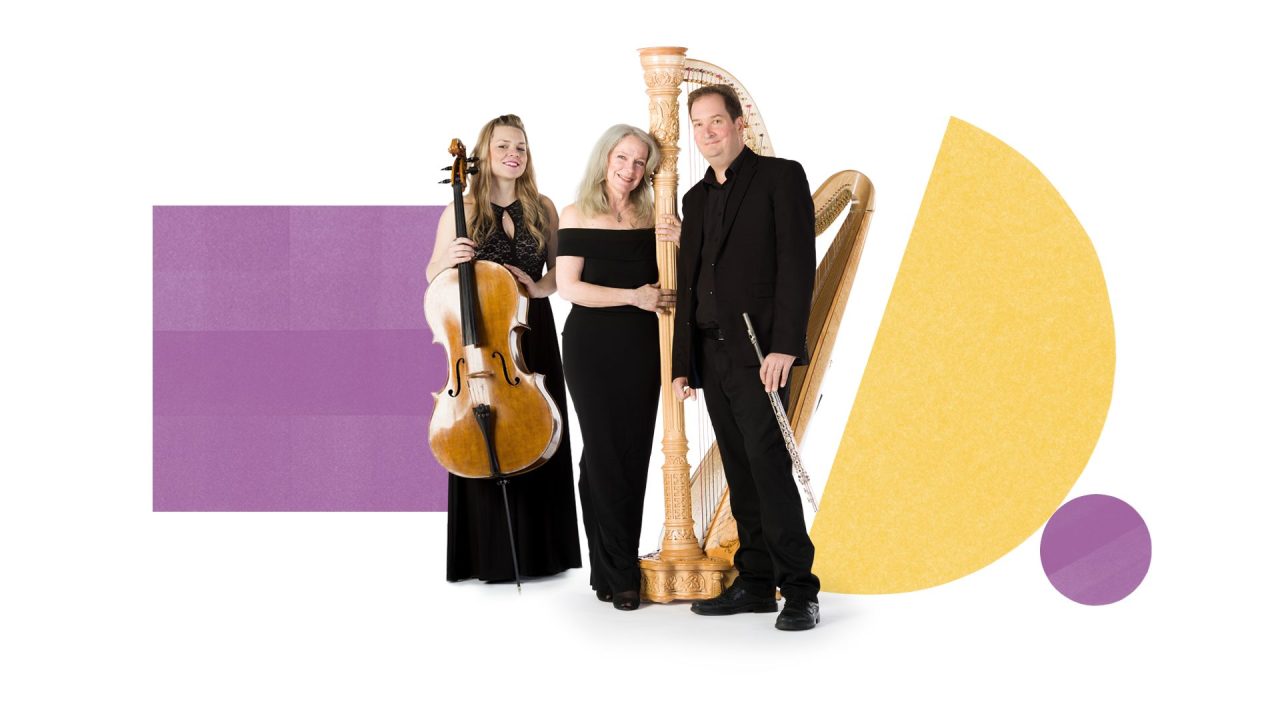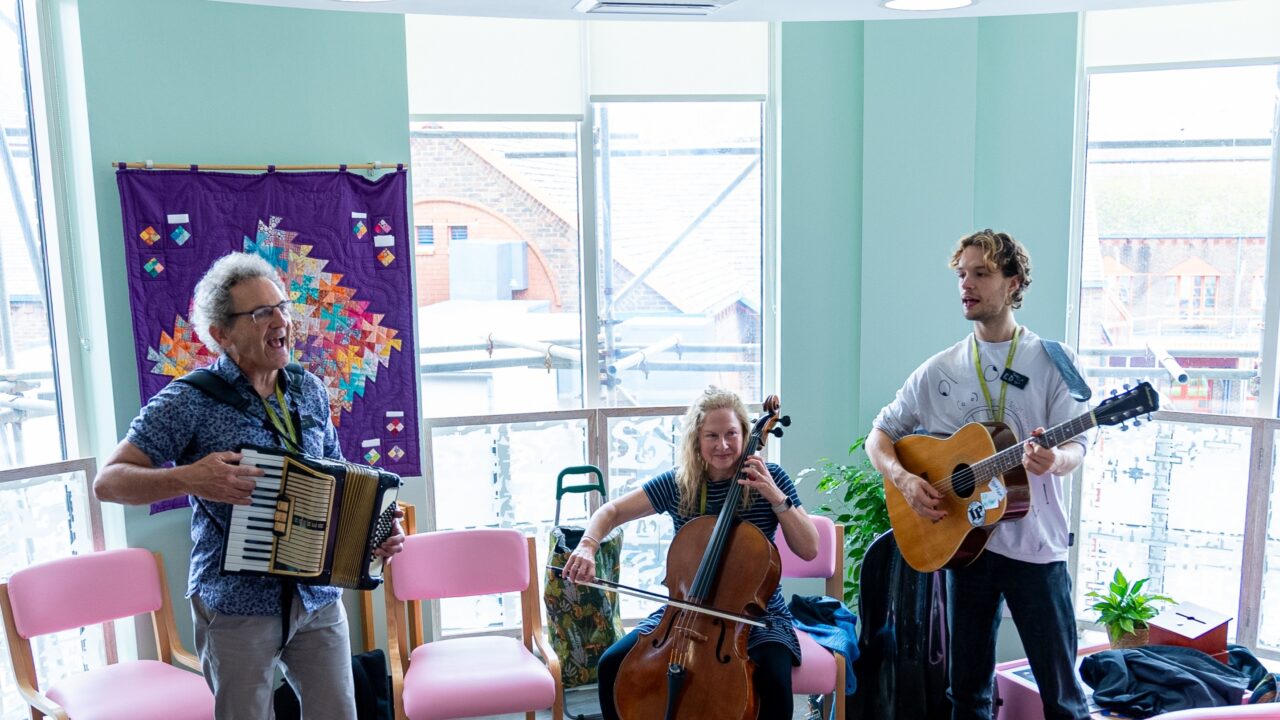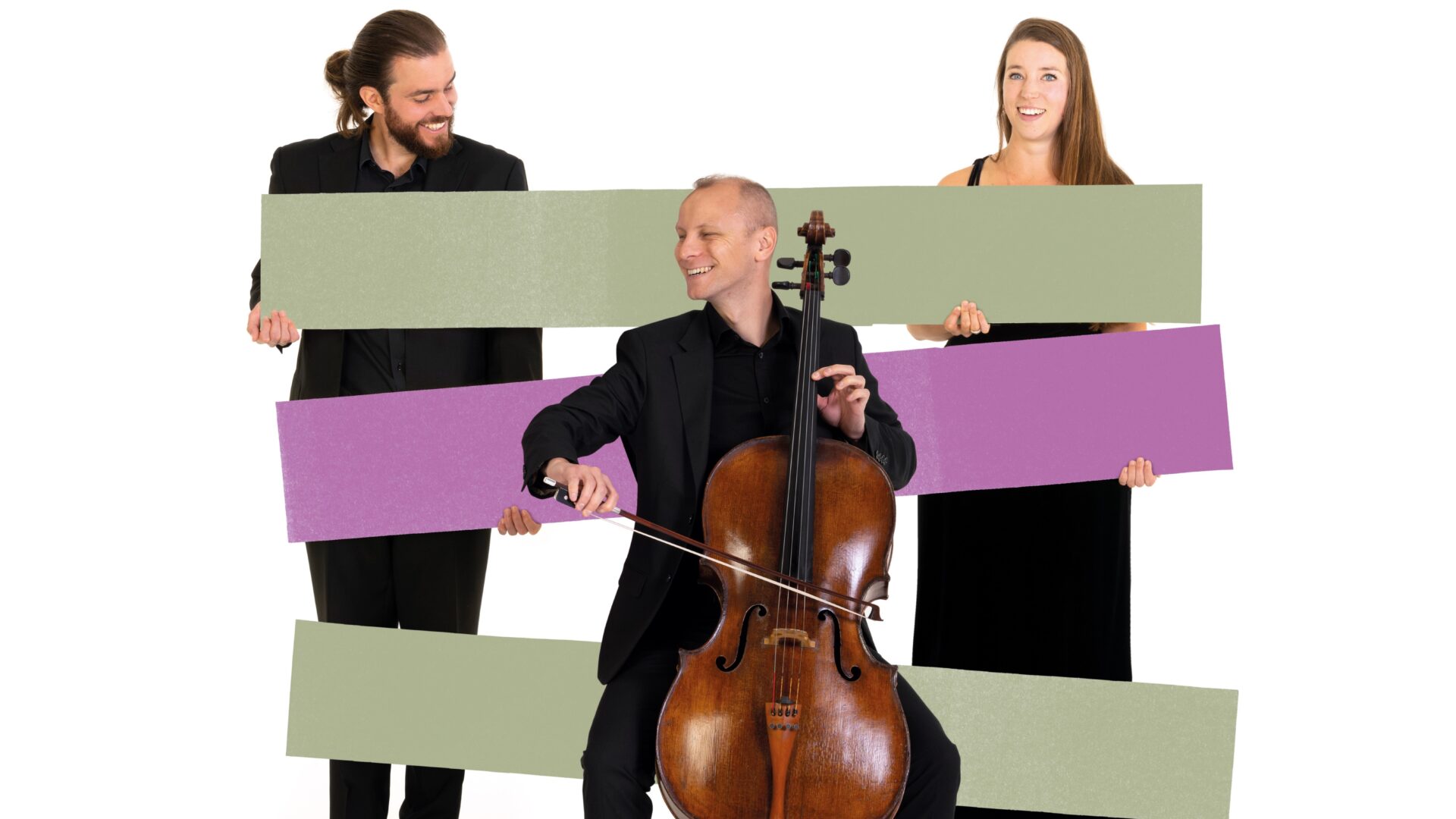Unlike the eponymous charioteer’s skills, Saint-Saëns technical skills were at their peak in his tone poem Phaeton: its galloping steeds racing to a catastrophic demise before a final lament for youthful hubris.
Poulenc’s Concerto for Organ consists of seven sections in a form of a fantasia. Whilst it is generally serious in character, it still contains fleeting moments of the irreverent rogue of his youth and his gift for lyricism. A lyrical sensibility defines Lili Boulanger’s bright and festive picture of a carefree spring morning with its arabesque-like playfulness and delicate, highly transparent instrumentation. Saint-Saëns said that he had “given everything I was able to give” to his Third Symphony and it is true that with its virtuosic piano passages, brilliant orchestral writing and the audacious use of organ. It reveals a genuine flair for sumptuous orchestral colour, suave and unforgettable melody and brilliant craftsmanship – the zenith of his symphonic output. There is simply nothing else quite like it.
Works and composers
The performance of D’un matin de printemps is made possible with funding from the ABO Trust’s Sirens programme, a ten-year initiative to support the performance and promotion of music by historical women composers.






